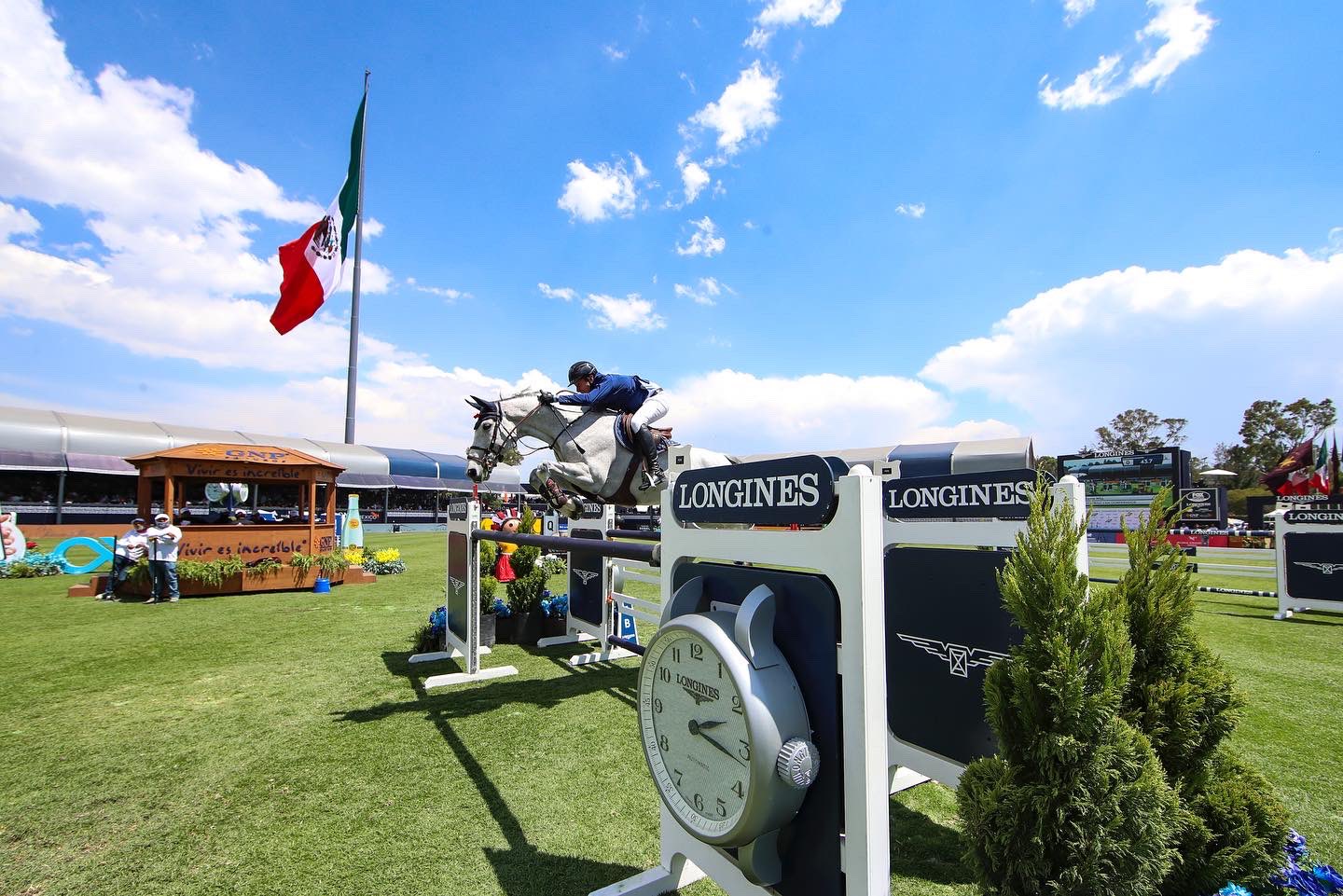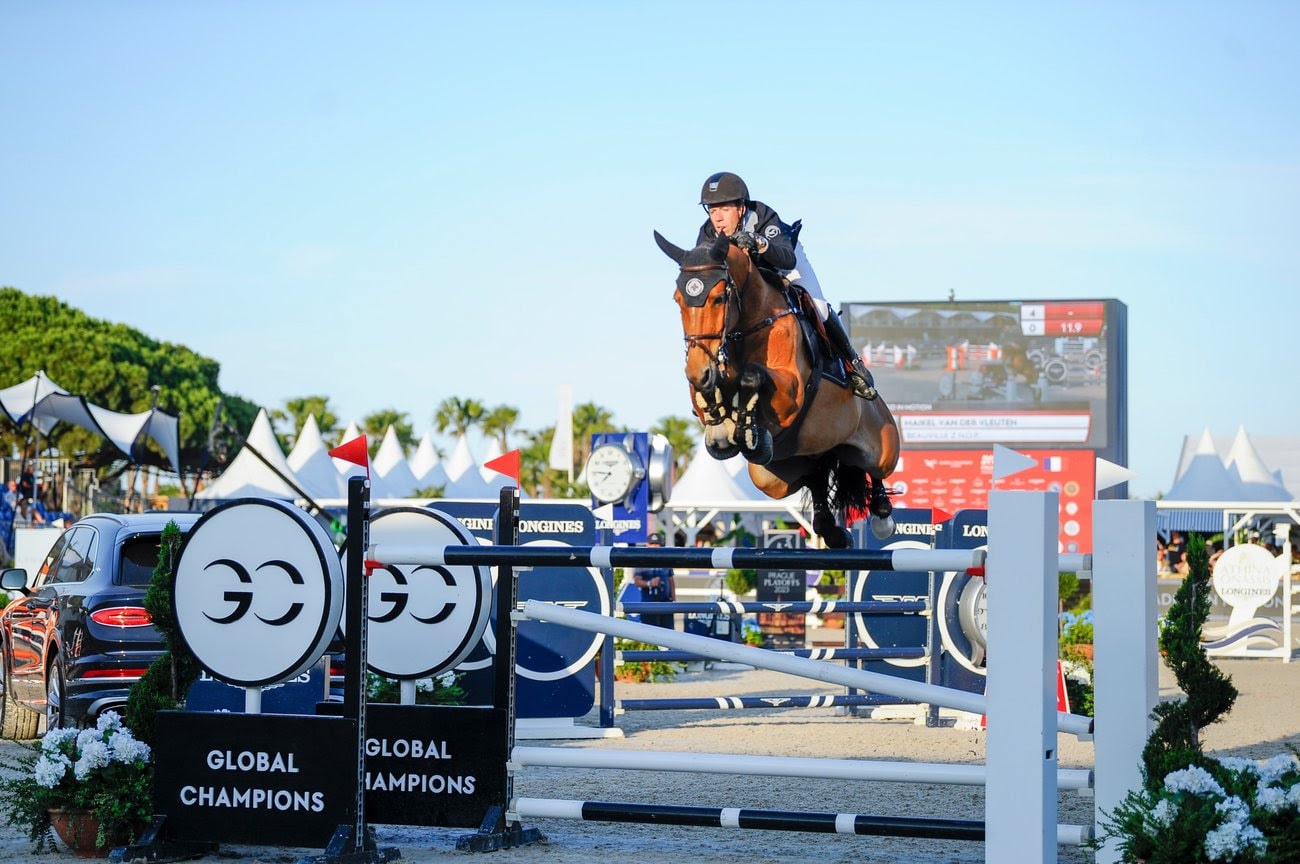
Equestrian vaulting, the discipline that unites gymnastics and horses
Vaulting is one more equestrian discipline, within all those that encompass the wonderful equine world, yes, it may be one of the least known. However, it has been recognized by the FEI (International Equestrian Federation) since 1983.
According to the definition of the Royal Spanish Equestrian Federation, vaulting is an equestrian discipline. It is defined as gymnastics on a horse galloping in a circle, guided "at the rope" by a rider. It is an art and a highly competitive sport, it is one of the competitive equestrian events recognized by the International Equestrian Federation.
What is horse vaulting?
It is an equestrian sport in which athletes perform a variety of acrobatic and gymnastic exercises on the back of a moving horse. The horse moves in circles while the tumbler performs choreographed routines that may include elements such as pirouettes, jumps and yoga poses. This horse is guided by a rider through a rope.
This is a discipline of great endurance and requires advanced riding skills, balance and body control. As in practically all equestrian disciplines, a good rapport with the horse is very necessary, as well as strength, firmness and flexibility to perform the acrobatics.
Vaulting is noted not only for its focus on physical prowess, but also for its artistic component. Routines are meticulously designed to fuse grace and elegance with strength and agility. Tumblers often work as a team to create breathtaking choreography that captures the imagination of audiences and judges alike.
Types of Equestrian Vaulting
The movements of vaulting can vary in complexity and difficulty, and vaulters can perform different types of exercises depending on their level of skill and experience. Each type of tumbling has its own specific rules and requirements, and participants often train for years to master these skills.
Individual
- Basic: Includes fundamental movements such as standing, lying, sitting and balance exercises.
- Advanced: Involves pirouettes, jumps and more complex choreographed routines.
Partner
- Mirror: Two tumblers perform identical movements on opposite sides of the horse.
- Simultaneous: Both tumblers perform different but coordinated movements at the same time.
Team Vaulting
- Trios and Quartets: Larger groups of tumblers perform synchronized movements and complex formations.
- Pyramids: Tumblers stand on top of each other in pyramidal structures, supporting each other.
The judges are in charge of evaluating various aspects such as technique, execution of the exercises, difficulty, originality and composition of the choreography. The aspects that score the most points are the behavior of the horse, the good harmony between gymnasts and horses, the elegance and ease in performing the movements and the overall vision of the team.
Health benefits: therapeutic vaulting
In addition to being an exciting sport to watch and practice, turning on horses offers a number of benefits for participants. It improves posture, increases coordination and promotes self-confidence.
It also fosters empathy and understanding between turners and horses, creating a special relationship based on mutual trust.
Therapeutic vaulting is a type of therapeutic activity in which the patient performs a series of physical exercises on the horse's back. These activities are highly stimulating and inspiring. Horses are very noble and affectionate animals, always willing to help and accompany us.
Their company and therapeutic vaulting can be very useful in the rehabilitation of people with different problems. The most common is to use it with children.
Equine therapy in general are very frequent disciplines for children with problems: children with autism, adolescents with behavioral problems, children with hyperactivity, children with attention deficit, adolescents with low self-esteem, aggressive children or with anti-social behaviors, etc. Generally, progress in Equine Assisted Interventions is slow, but it is important to persevere in order to achieve the objectives established in the action plan.
In short, equestrian vaukting is not simply a combination of gymnastics and horsemanship; it is an artistic expression of human-horse collaboration, a dance in which grace and strength meet in perfect harmony.
With each routine executed with grace and precision, this discipline continues to amaze the world and capture the hearts of those lucky enough to witness this beautiful fusion of athletic skill and artistry.












_v2.svg)
_v2.svg)









_v2.svg)


